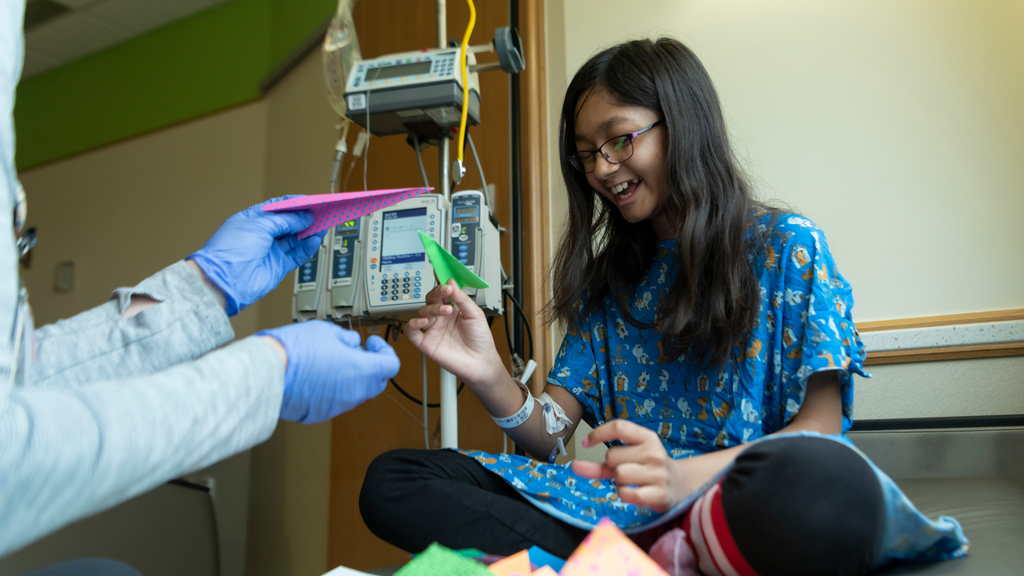Condition
Monkeypox
Key Points About Monkeypox in Children
- Monkeypox is a rare disease caused by the monkeypox virus; it is similar to smallpox but usually less severe.
- It can be spread from infected humans, animals and materials contaminated with the virus.
- The disease causes flu-like symptoms such as fever and chills, as well as a rash. It is rarely fatal.
- While children aren't at high risk for contracting monkeypox, they are still susceptible to the virus, and in fact young children are at increased risk for more severe outcomes if they become infected.
- Because there is a limited supply of monkeypox vaccines, certain at-risk populations are being prioritized for vaccination.
- Handwashing, masking and avoiding contact with contaminated individuals and surfaces can help prevent the spread of monkeypox.
View an infographic showing which everyday activities put you at higher risk for contracting monkeypox.
Frequently Asked Questions
What is monkeypox?
What are the symptoms of monkeypox?
How does monkeypox spread?
How is monkeypox diagnosed?
Is there a vaccine for monkeypox?
How is monkeypox treated?
How can I protect my family from monkeypox?

Infectious Diseases Treatment at Children's National Hospital
Our Division of Infectious Diseases is the major referral center for infectious diseases in the Washington, D.C., area, helping thousands of young patients each year with contagious conditions. Discover more about the treatments we offer.

 Aasha's Rare Gift Will Help Other Babies Grow up Healthy
Aasha's Rare Gift Will Help Other Babies Grow up HealthyTesting the descrption field
Departments that Treat Monkeypox

Infectious Diseases
Our Division of Infectious Diseases is the major referral center for infectious diseases in the Washington, D.C., area, helping thousands of patients each year, and actively promoting prevention through community outreach and education.





